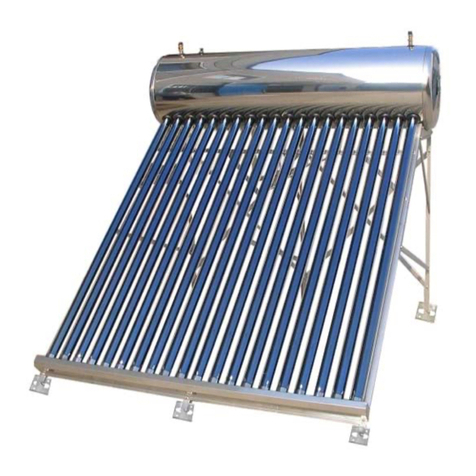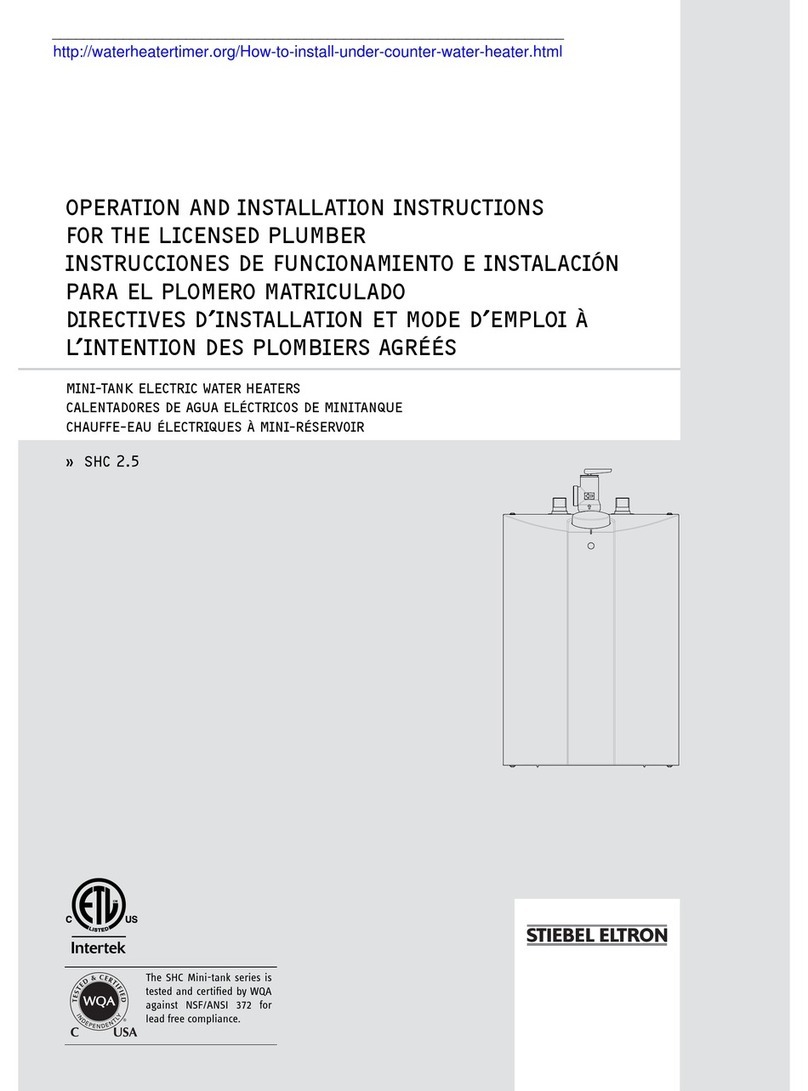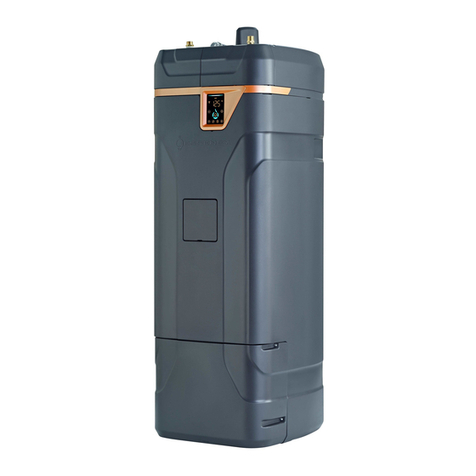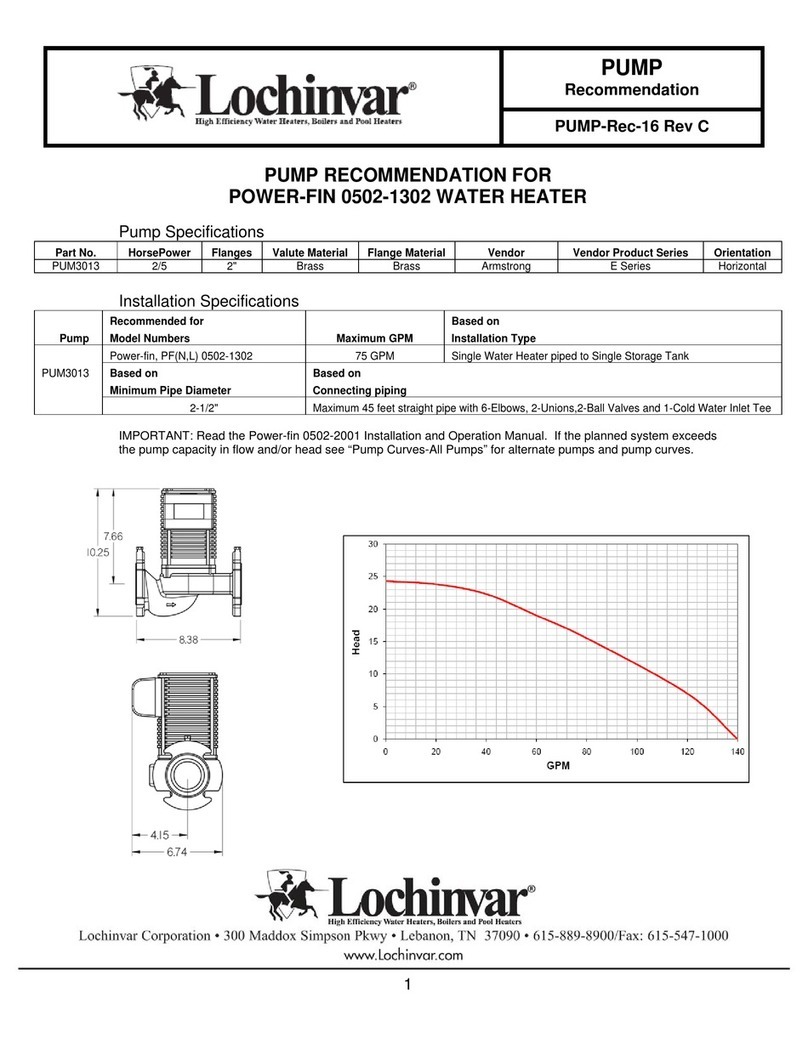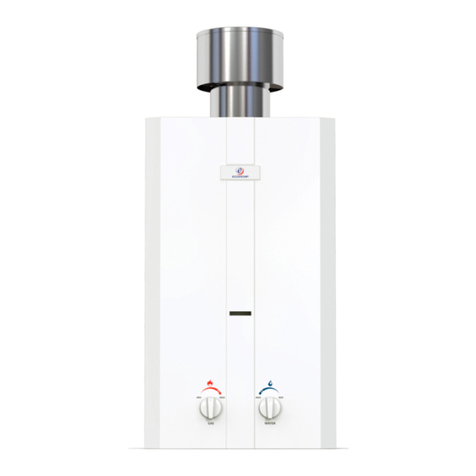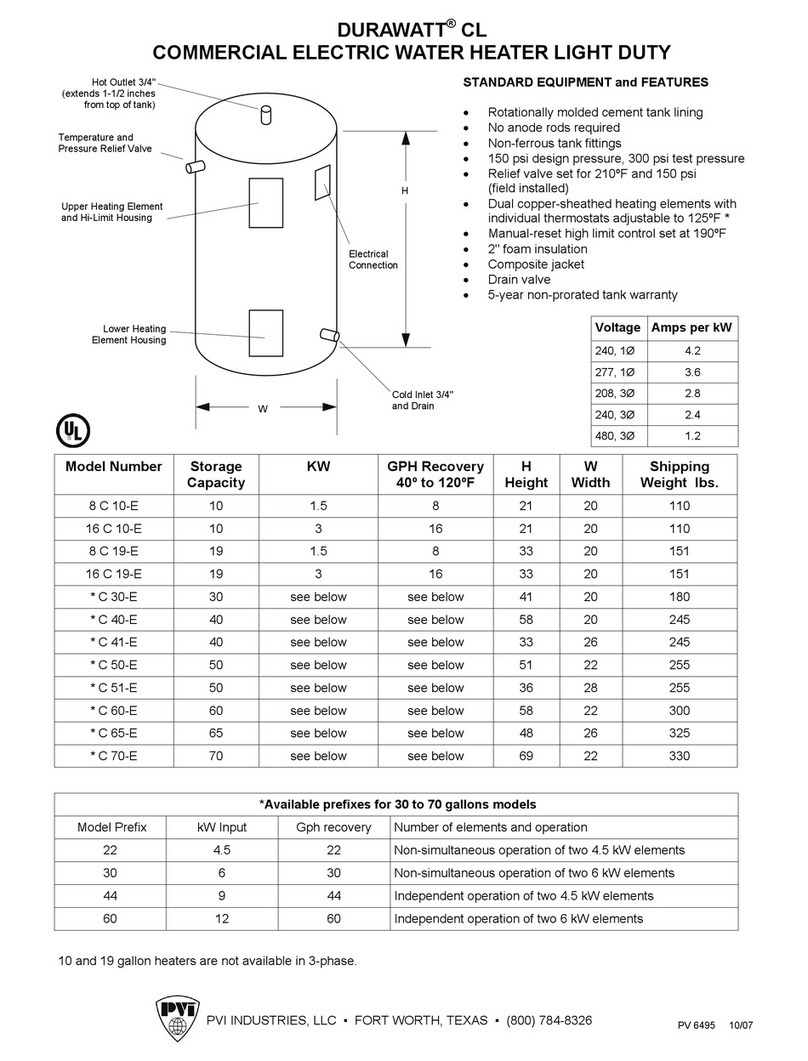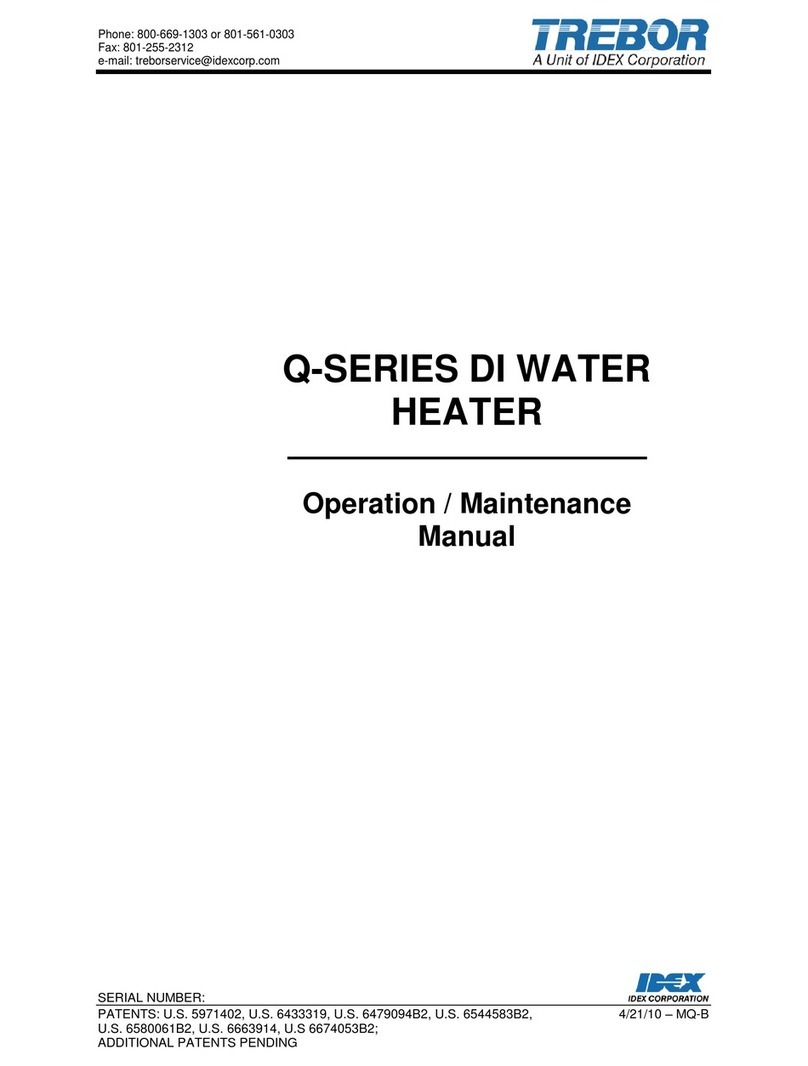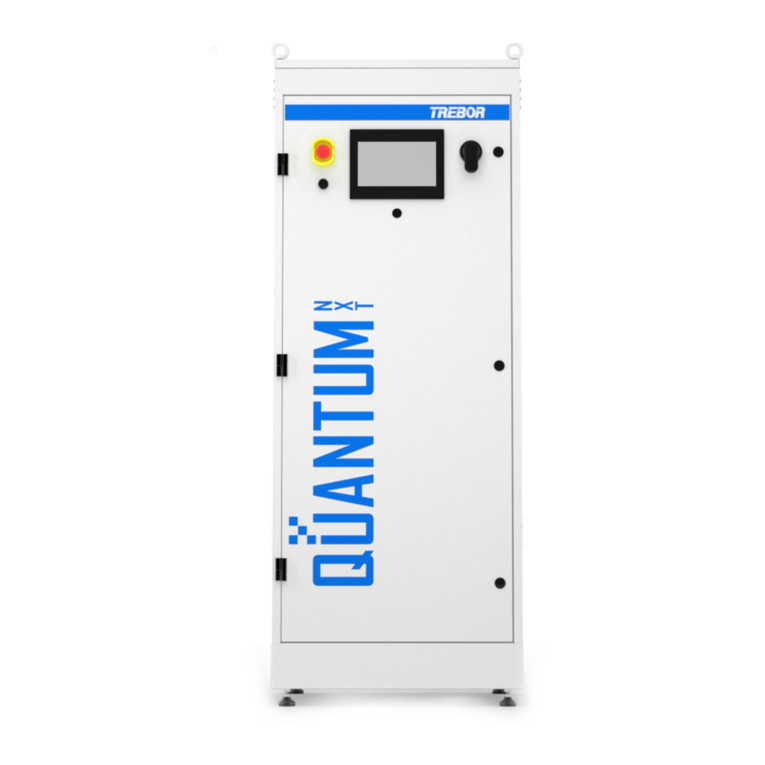
2472 DI HEATER OPERATION / MAINTENANCE MANUAL CONTENTS
CONTENTS
1INTRODUCTION........................................................................................................................3
2SAFETY .....................................................................................................................................4
2.1 SAFETY MESSAGE CONVENTIONS ............................................................................4
2.1.a Danger..............................................................................................................4
2.1.b Warning............................................................................................................4
2.1.c Caution .............................................................................................................5
2.2 EQUIPMENT SAFETY....................................................................................................5
2.3 INTERLOCKS.................................................................................................................5
2.3.a Over Temperature Controller Interlock (OTC) ..................................................5
2.3.b Low Pressure Switch Interlock..........................................................................6
2.3.c Liquid Level Sensor Interlock ...........................................................................6
2.3.d Panel Interlock Switches(is this section ok?)....................................................6
2.3.e Leak Sensor .....................................................................................................7
2.3.f Overpressure Burst Fitting................................................................................7
2.4 EMERGENCY OFF (EMO)..............................................................................................8
2.5 LOCKOUT / TAGOUT.....................................................................................................8
2.5.a Preliminary........................................................................................................8
2.5.b Definitions.........................................................................................................8
2.6 SEISMIC PROTECTION.................................................................................................9
3INSTALLATION .......................................................................................................................10
3.1 UNPACKING.................................................................................................................10
3.2LOCATION....................................................................................................................10
3.3 UTILITY REQUIREMENTS...........................................................................................11
3.4 HOOK-UP .....................................................................................................................13
3.5 REMOTE HOOK-UP.....................................................................................................16
4OPERATION ............................................................................................................................17
4.1 GENERAL.....................................................................................................................17
5START-UP ...............................................................................................................................19
5.1 PRE-START INSPECTION...........................................................................................19
5.1.a Verify Shipping Condition ...............................................................................19
5.1.b High Power Terminals ....................................................................................19
5.1.c Electrical Inspection........................................................................................19
5.1.d Plumbing Leak Check.....................................................................................19
5.2 SYSTEM ON.................................................................................................................20
5.3 TEMPERATURE CONTROLLER..................................................................................20
5.4 HEATER MODULE POWER.........................................................................................21
5.5 POWER DISTRIBUTION INDICATORS.......................................................................21
6SHUT DOWN ...........................................................................................................................22
6.1 HEATER CLEANOUT...................................................................................................22
7MAINTENANCE.......................................................................................................................23
7.1 REPAIR INSTRUCTIONS.............................................................................................23
7.1.a Heater Element Check....................................................................................23
7.1.b Fuse Replacement .........................................................................................23
7.1.c Draining the System .......................................................................................24
7.1.d Leaks..............................................................................................................24
7.1.e Overpressure Relief Replacement..................................................................25
7.1.f Heater Replacement.......................................................................................26
7.2 SPARE PARTS.............................................................................................................27
7.3 PREVENTIVE MAINTENANCE SCHEDULE................................................................27
7.4 HEATER CALIBRATION...............................................................................................28
8TROUBLESHOOTING.............................................................................................................31
8.1 TEMPERATURE CONTROLLER DOES NOT DISPLAY..............................................31
8.2 ALARM SOUNDS .........................................................................................................31
8.3 HEATER ELEMENT STATUS LED IS ON....................................................................32
9WIRING SCHEMATIC..............................................................................................................33
10 WARRANTY.............................................................................................................................34





















